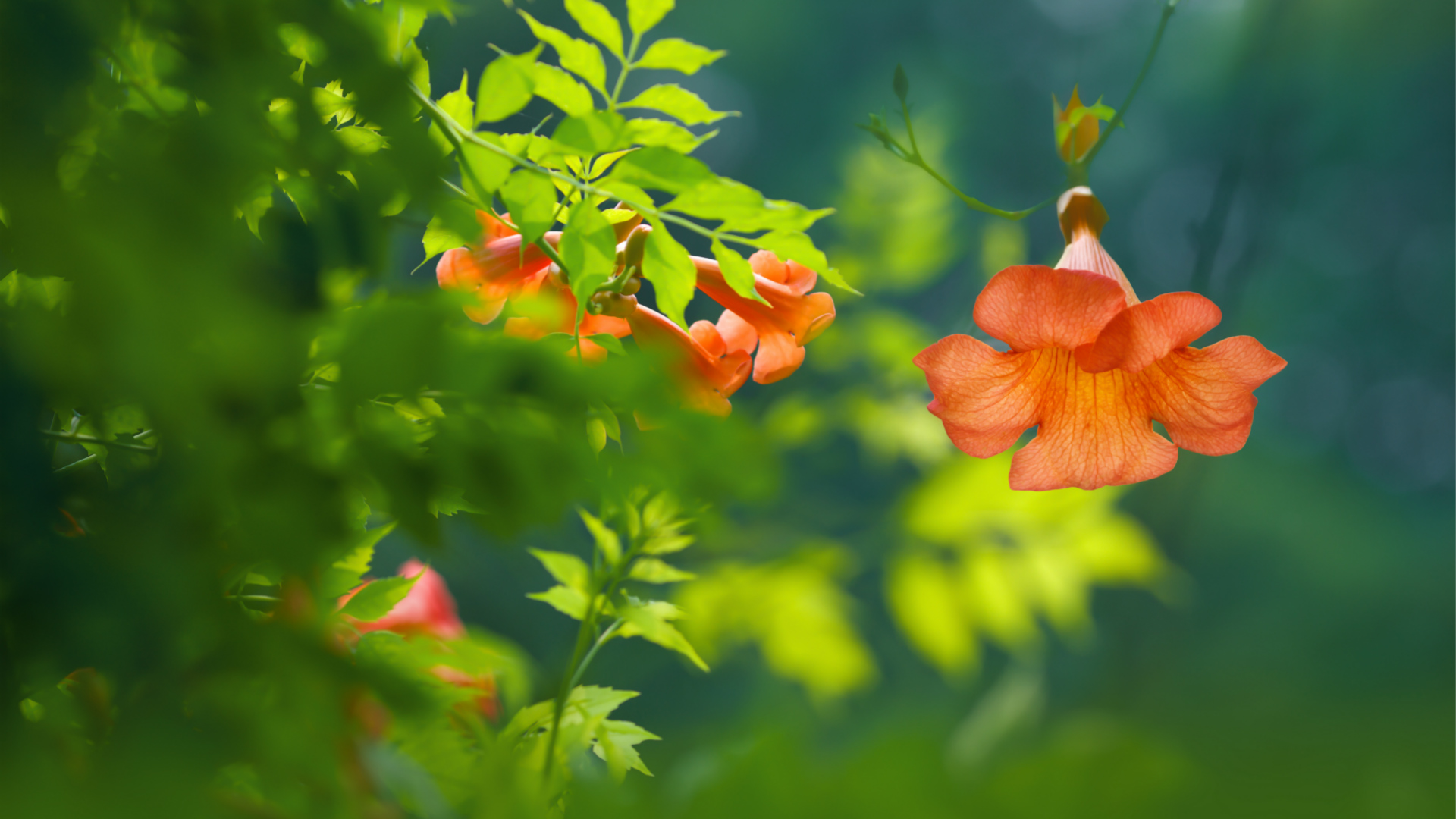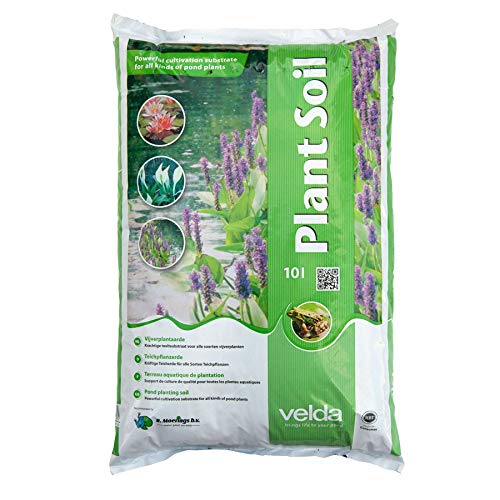Table of Contents
Campis Radicans, a botanical name for the Trumpet Vines, is a plant that is found mostly in North America. It grows for about 15 inches and contains leaflets from 7 to 11. These trumpet vines are creeper plants that are said to be the fast-growing vine and also are easy to grow, although according to gardeners, they are highly invasive, toxic, and flammable.
With adequate and appropriate care, supervision, and regular pruning, these trumpet vines can be maintained well. Trumpet Vines are also known as Hummingbird vines, the reason being they tend to attract hummingbirds at the time of their bloom.
Furthermore, they come in various shades like yellow, green, red, etc., and once they get all bloom, they continue to be the same all the summers. While planting these, don’t forget to wear gloves and other coverings for your skin, as contact with them can cause dermatitis.
How To Grow Trumpet Vines?
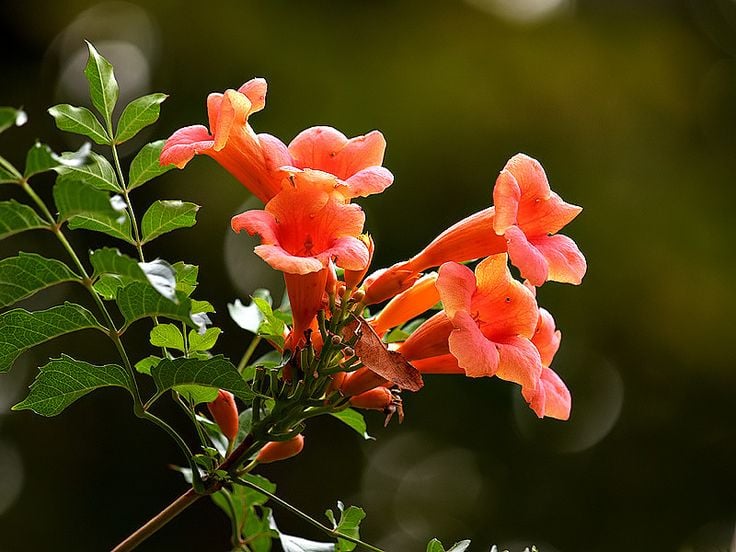
If you’re ready to plant trumpet vine in your garden, there are a few steps to follow for successful growth.
- First, choose the right time to plant – spring or early fall.
- Dig a hole about the same width and depth as the planting container, and ensure the soil is moist but not waterlogged.
- Before placing the plant in the hole, loosen the roots slightly from the root ball to encourage healthy growth. Backfill the hole with soil, tamp lightly, and water well.
- Be sure to space the plants 5 to 10 feet apart to allow plenty of room for them to spread out as they grow.
Trumpet Vine prefers full or partial sun and well-drained soil, so choose a location in your garden that meets these requirements. With proper care and attention, your trumpet vine should grow and flourish, adding vibrant colour and beauty to your outdoor space.
Things To Keep In Mind While Taking Care Of Trumpet Vine
Trumpet vine is a fast-growing plant that can cover fences, walls, arbours, and other structures, as well as hide unsightly objects like rock piles and tree stumps. It requires a sturdy support structure to prevent damage to trees or buildings and should not be planted close to foundations or under shingles. While the Trumpet Vine requires little care, regular pruning is necessary to control its growth and spread, and removing unwanted shoots and seed pods is essential to keep it from self-seeding. Gloves should be worn when handling the seed pods and seeds, which are similar to milkweed seeds with white fluff, to help them spread in the wind.
1. Soil
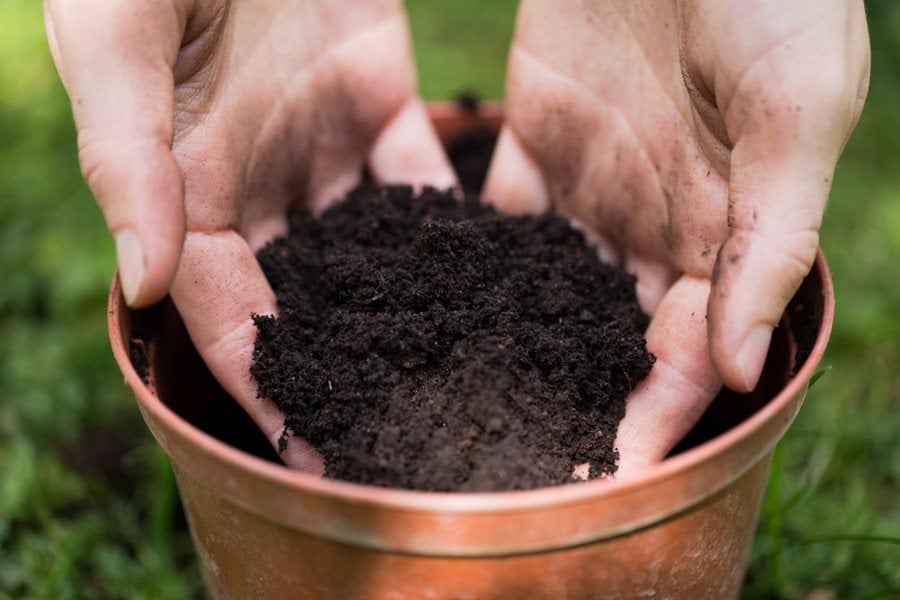
Trumpet vine can adapt to a variety of soil types, such as sandy, loamy, and clay soils, but prefers soil that is moist yet well-drained. These plants are commonly found in seasonal swamps and forest thickets in their native environments. Trumpet vine can also tolerate both acidic and neutral soil pH. Ultimately, the most important factor for the growth of trumpet vine is having well-draining soil.
- 10 Litre Bag
- Promotes Strong and Healthy Plant Growth
- Contains Nutrients and Trace Elements
2. Water
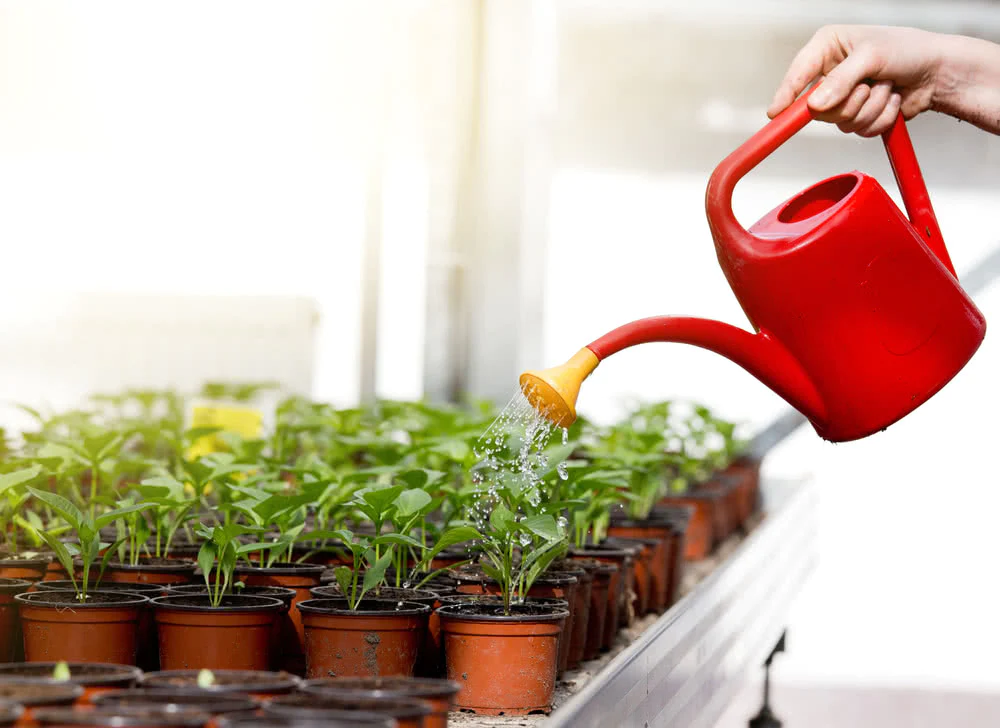
It has moderate water requirements and is relatively drought-tolerant. They typically only require watering when signs of wilting or withering become evident, and in most cases, natural rainfall is sufficient to keep them healthy. Providing about 1 inch of water per week, either from rainfall or water can or irrigation, is enough to promote good growth. However, during warm summer months, more frequent watering may be necessary to prevent wilting or drooping of the leaves.
3. Light

These plants can adapt to a variety of sunlight conditions, ranging from partial shade to full sun. However, they tend to produce the most vibrant and abundant flowers when planted in full sun, which refers to at least six hours of direct sunlight each day. Growing trumpet vine in full sun encourages healthy foliage and an impressive display of colourful flowers. Although the plant can tolerate partial shade, it may focus its energy on spreading instead of blooming. Even in partial shade, trumpet vines can still produce blooms throughout the summer and autumn seasons.
4. Temperature
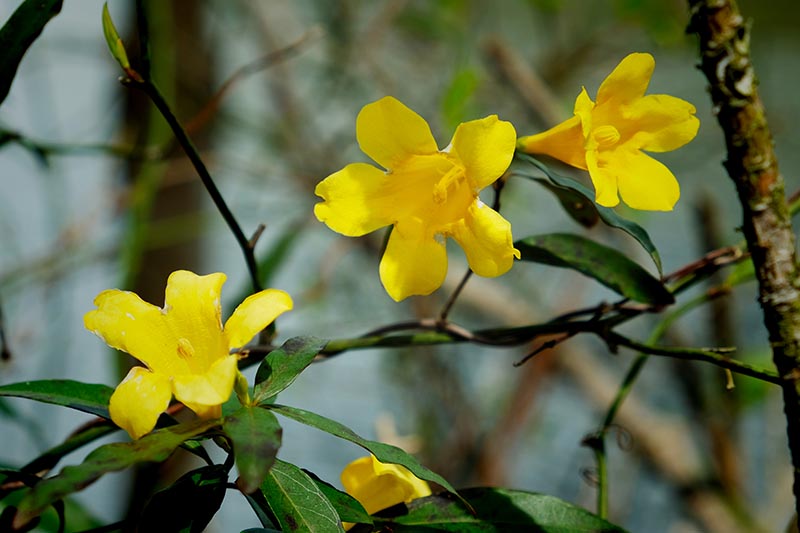
While the trumpet vine is native to hot and humid temperatures, it is hardy and can grow in a wide range of climates, from zones 4 to 9. However, in areas with lower humidity, the plant tends to grow less vigorously and is easier to manage. Nevertheless, in hot and humid areas, especially in the southeastern region, the vine can be quite challenging to control due to its rapid growth.
5. Fertilizers
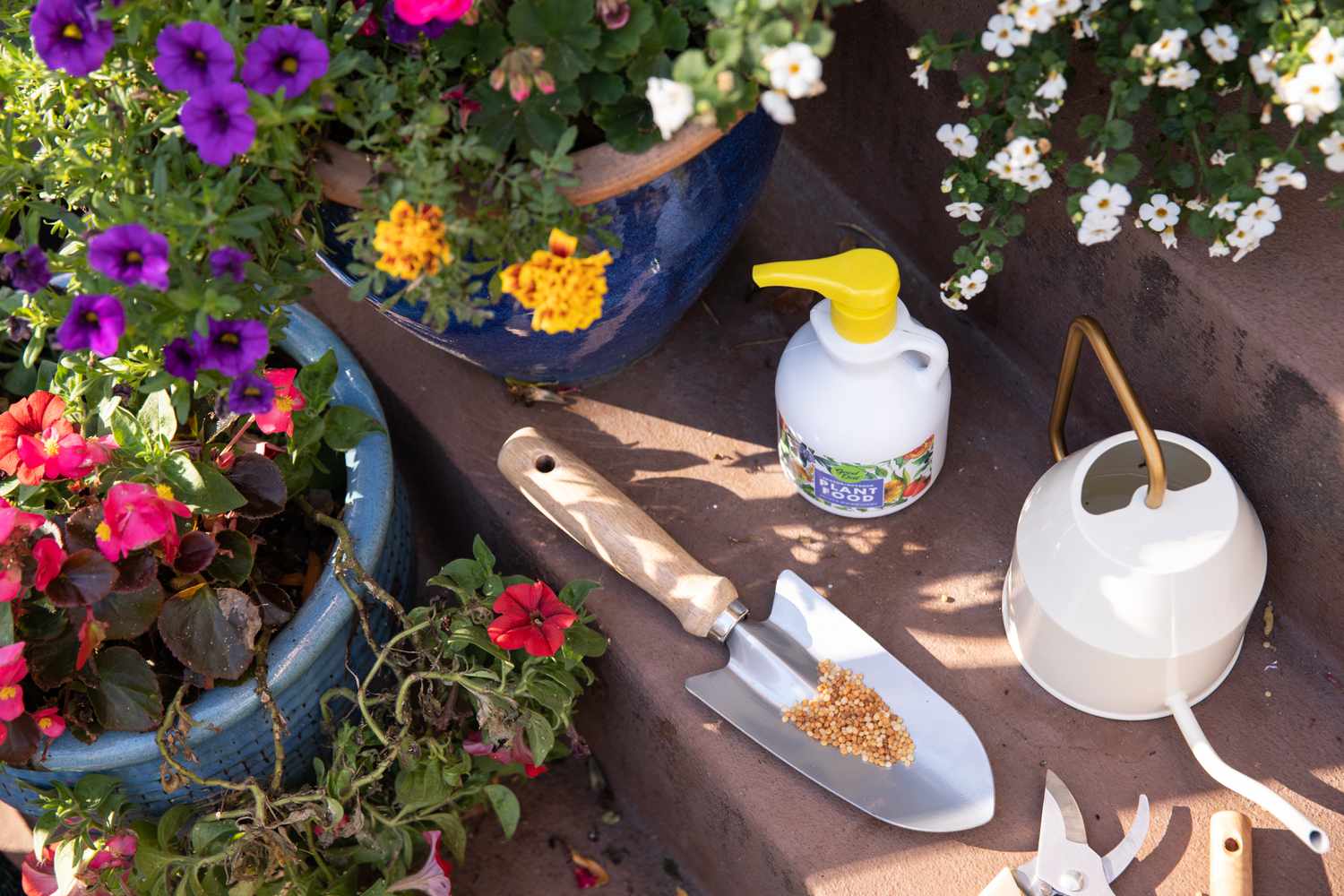
Fertilization is unnecessary for trumpet vines since they can grow vigorously and spread easily in poor soil. Hence, adding any extra nutrients is not recommended. The trumpet vines are the plants that do not need high nitrogen fertilizers because fertilizers with high nitrogen content can prevent them from flowering, although the leaves and stems are enhanced. It is generally recommended to use fertilizers that have a low content of nitrogen as they are good for planting and also it is proven to be suitable for any seeds of plants.
- ⋓【Contains Nitrogen Phosphorus Potassium】Slow-release Fertilizer Tablets regulate the growth...
- ⋓【Promote Flower Bud Differentiation】Tablet Organic Fertilizer provide your greens with...
- ⋓【Organic And Environmental Protection】Garden Fertilizer Tablets are made of organic...
6. Pruning
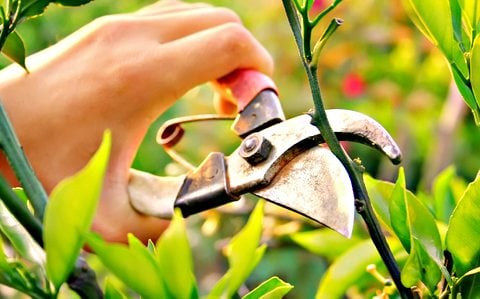
Regular and thorough pruning is necessary for trumpet vines to keep them in check and looking their best. Prune heavily in the early spring, leaving only a few buds on the plant. Dead leaves and branches should be cleared away regularly to maintain the plant’s appearance, and a second pruning in the fall is recommended to remove any dead flowers and prevent excessive spreading. To avoid the spread of the plant, remove the large seed pods that form after the trumpet vine has finished blooming.
- Included: 1 x Amazon Basics hand pruner in blue
- Rust-resistant blades for long-lasting use
- Non-slip handle for safety
7. Propagating
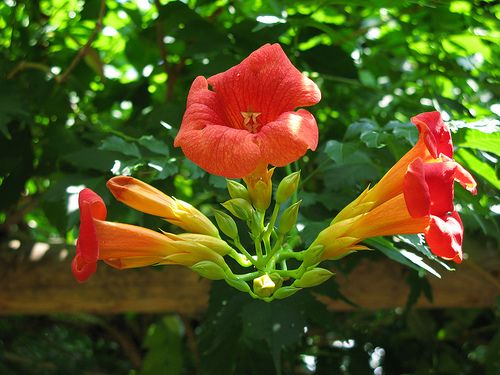
Propagating trumpet vine can be done through several methods, but the simplest way is to dig up one of the runners and replant it where desired. Another option is to take seedlings from the soil where the vine is already growing. The most straightforward method is to dig up a runner as it starts to emerge from the soil in the spring and transplant it to the desired location.
8. Deadhead The Flowers
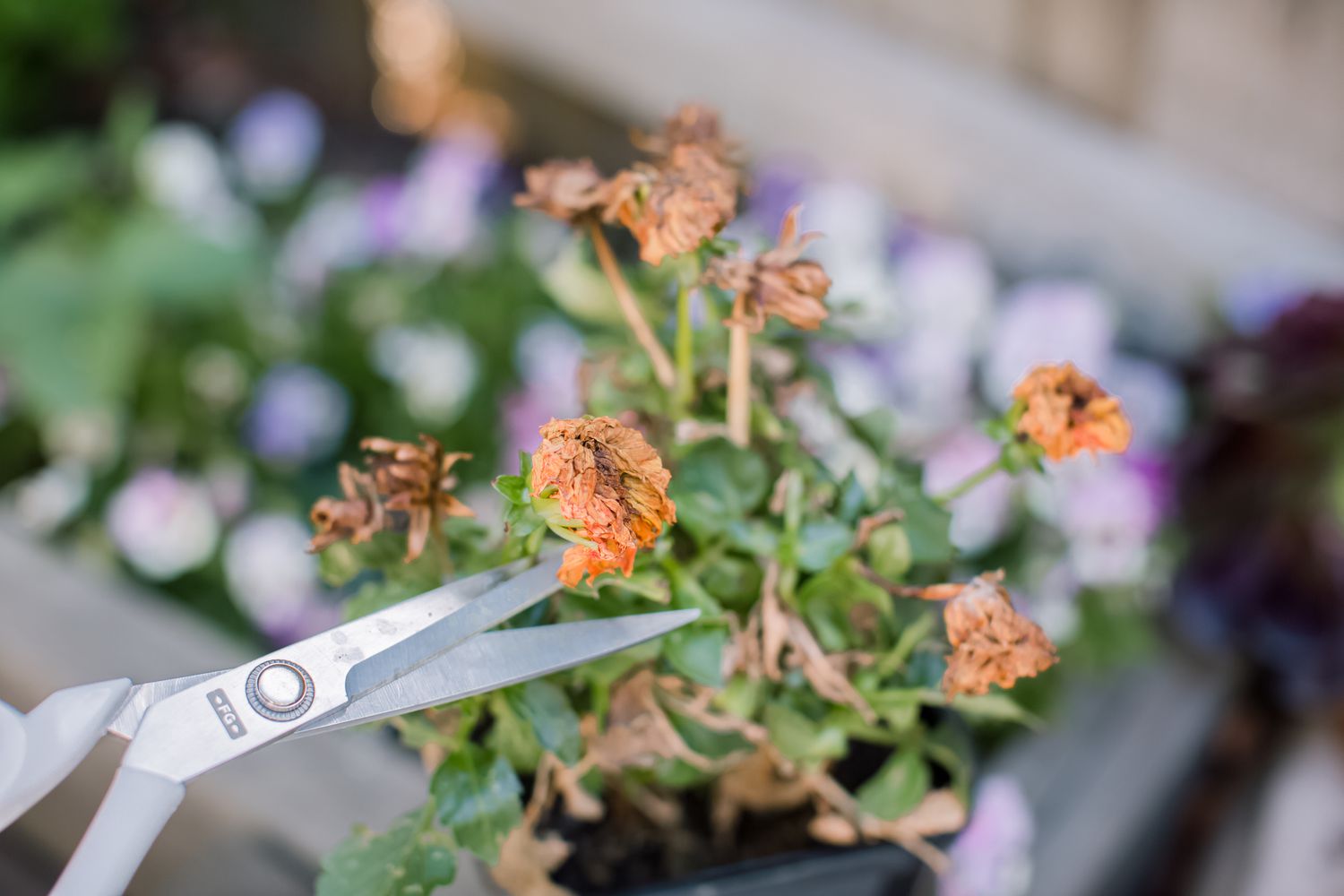
To prevent the trumpet vine from spreading through self-seeding, removing the flowers after they bloom is important. If the flowers are left on the vine, they will form large seed pods that can cause the spread of trumpet vine throughout your garden. This becomes the reason for regularly pruning these flowers, as a result of which the dead flowers are removed to give space for the new flowers to grow and flourish in your backyard or garden.
Grow Trumpet Vine From Seed
Potting and Repotting
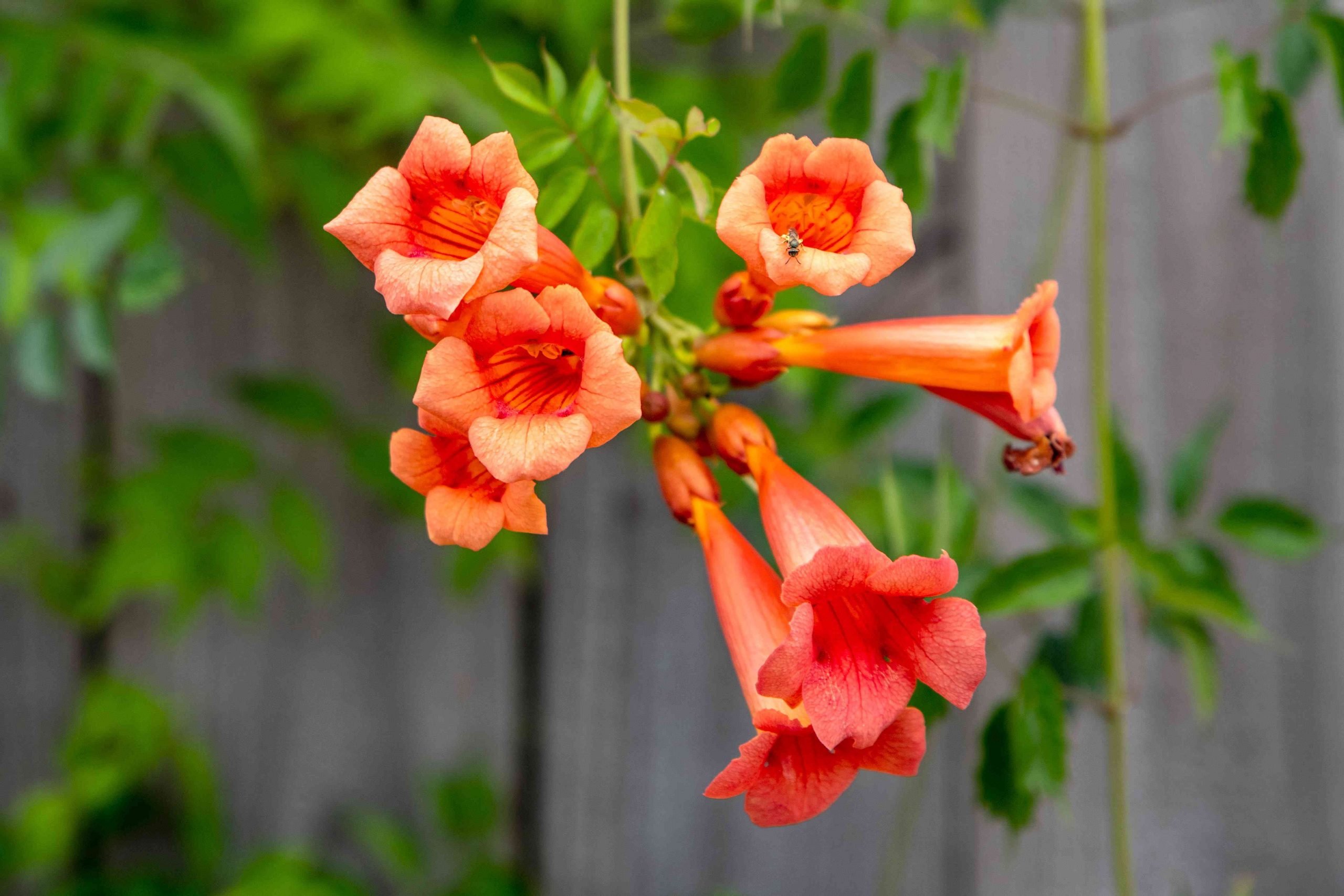
Growing trumpet vine in a container is a great way to manage its invasive growth. You’ll need a large container, at least 20 gallons, with a trellis or support structure behind it to guide the vine’s growth. When planting, make sure to use a bottomless bucket to contain the roots and prevent them from spreading. Use a general-purpose potting mix, and be prepared to prune the vine regularly to control its size. In the late fall or early spring, prune it back to just above soil level.
Some Common Problems with the Trumpet Vines
1. Pests and Problems
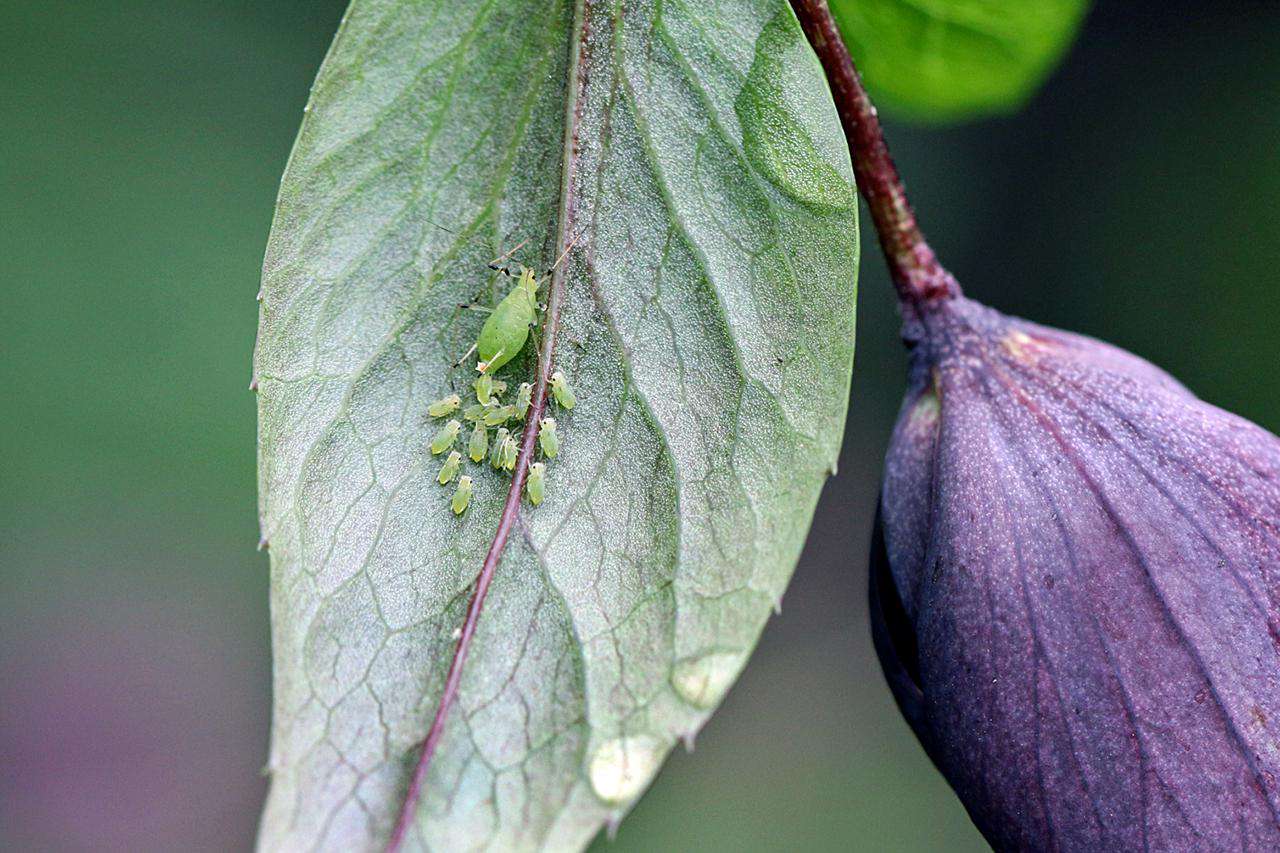
These are generally resistant to pests and diseases, but their invasive growth can be a problem. While there are no common fungus or pest issues with trumpet vines, they can become a nuisance if left unchecked. However, there are ways to control their growth without the use of herbicides. The first method involves manually digging out the roots, which is a labour-intensive task but effective. The second method is pouring boiling water mixed with rock salt over the plant’s root zone. This method requires multiple applications, and it’s important to note that it may also harm nearby plants.
2. Uncontrollable Spread
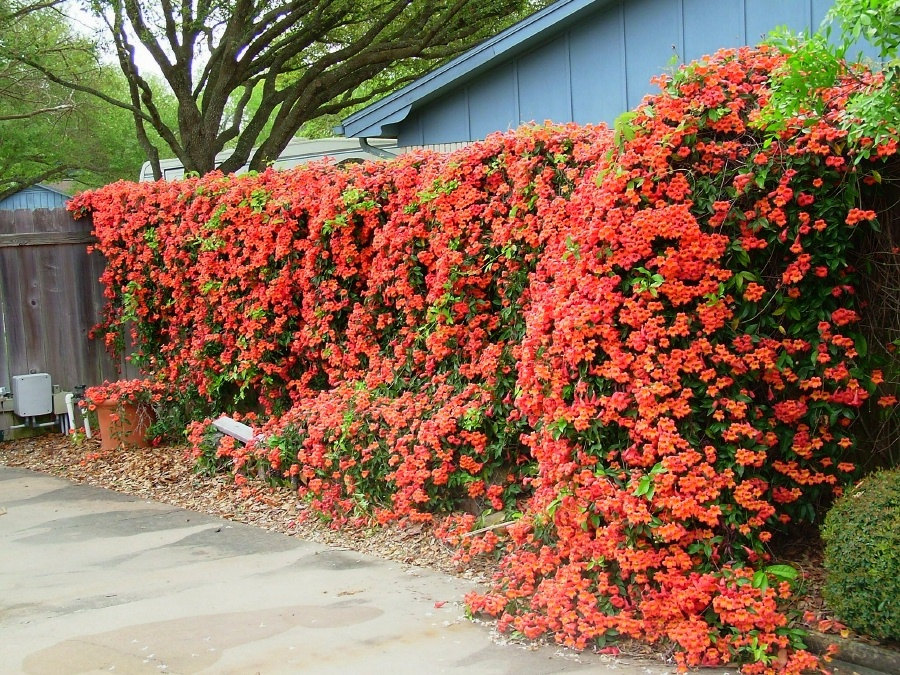
This flower is notorious for its aggressive growth, which can cause damage to structures and plants. These plants have the tendency to damage and cause destruction to the walls and foundations and also the other plants, shrubs or trees that are planted near these due to their rapid growth. To prevent this, it’s best to plant trumpet vine at a distance of 6 to 12 feet away from buildings and other plants so that it can add beauty to your garden without damaging anything near to it at the same time.
3. Fire Hazard
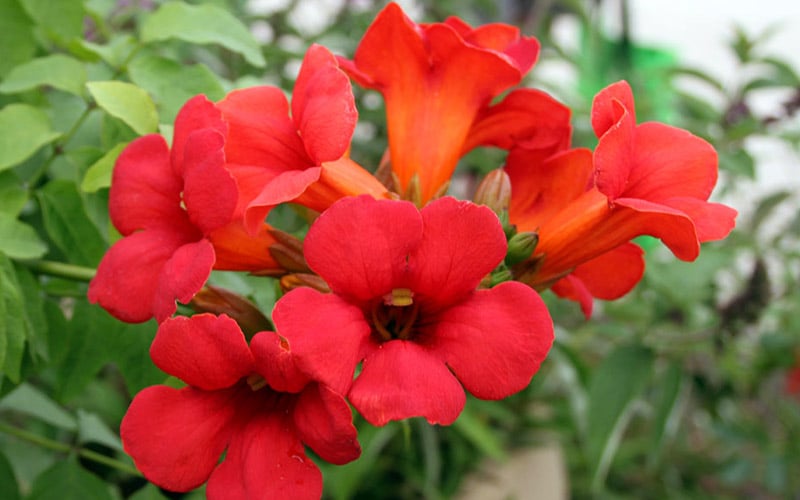
Planting them near buildings or walls in areas prone to wildfires is not recommended due to their high flammability. Without regular pruning, an uncontrolled plant can quickly grow and become a serious fire hazard, potentially enveloping a structure. This is the reason it is necessary to keep such things in consideration before planting these trumpet vines in your backyard or garden.
4. Toxicity
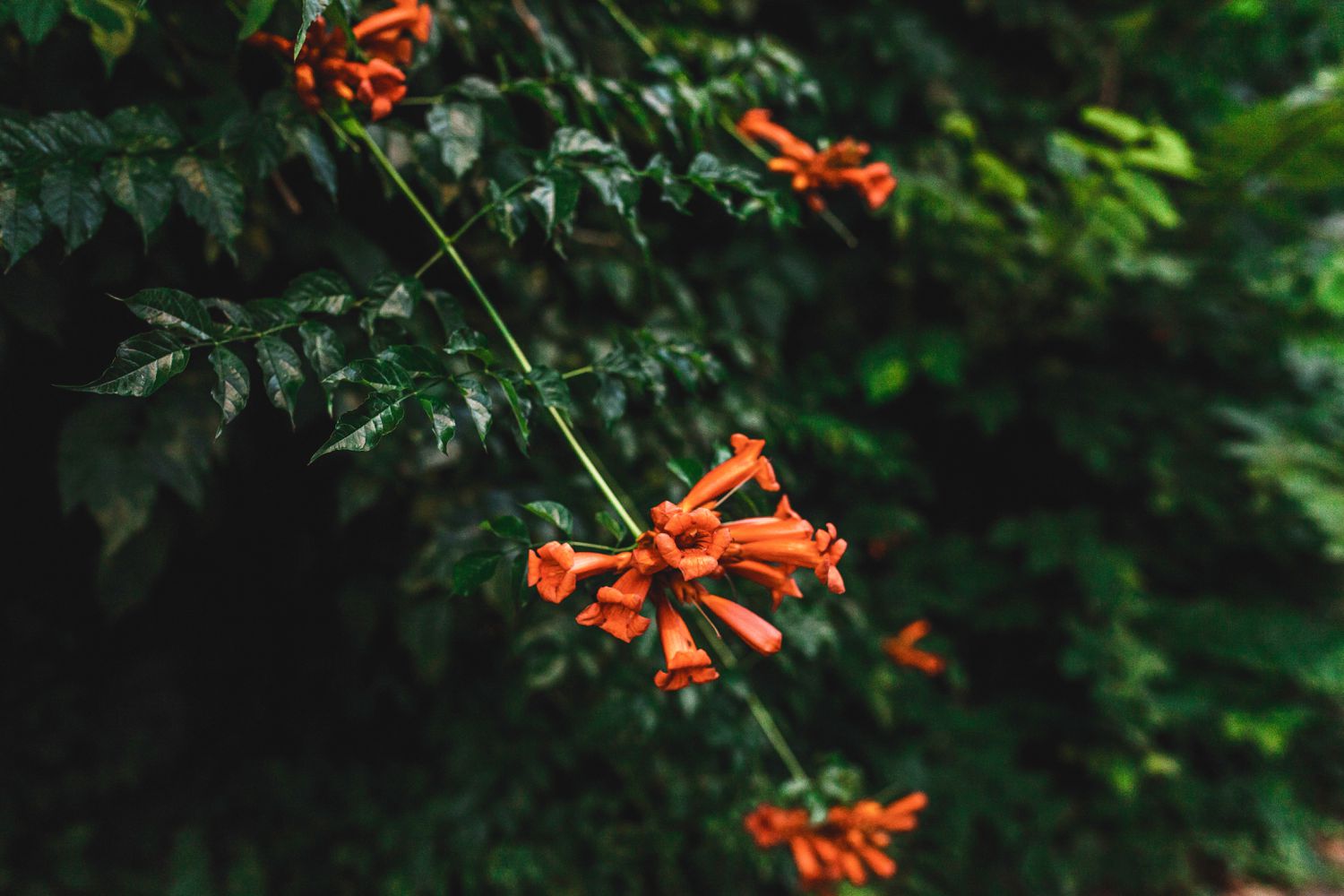
Trumpet vine is a poisonous plant to humans and animals, and its seeds and foliage should be handled with care. The nectar of its flowers attracts pollinators, but the sap of the plant can cause skin irritation and itching for people and livestock, earning it the nickname “cow itch vine.” Gardeners are advised to wear gloves when handling this plant to avoid any adverse effects.
5. No Blooms
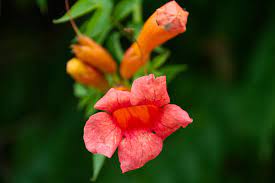
Although it takes several years for the vine to bloom, if it still is not blooming, it could be due to several reasons. It may not be receiving enough sunlight, as full sun is needed for optimal blooms. Pruning at the wrong time can also impact flowering, as trumpet vines bloom on new growth. Over-fertilizing the vine with too much nitrogen can also prevent it from blooming, as too much fertilizer can make it unhappy.
Types of Trumpet Vines
1. Trumpet Creeper
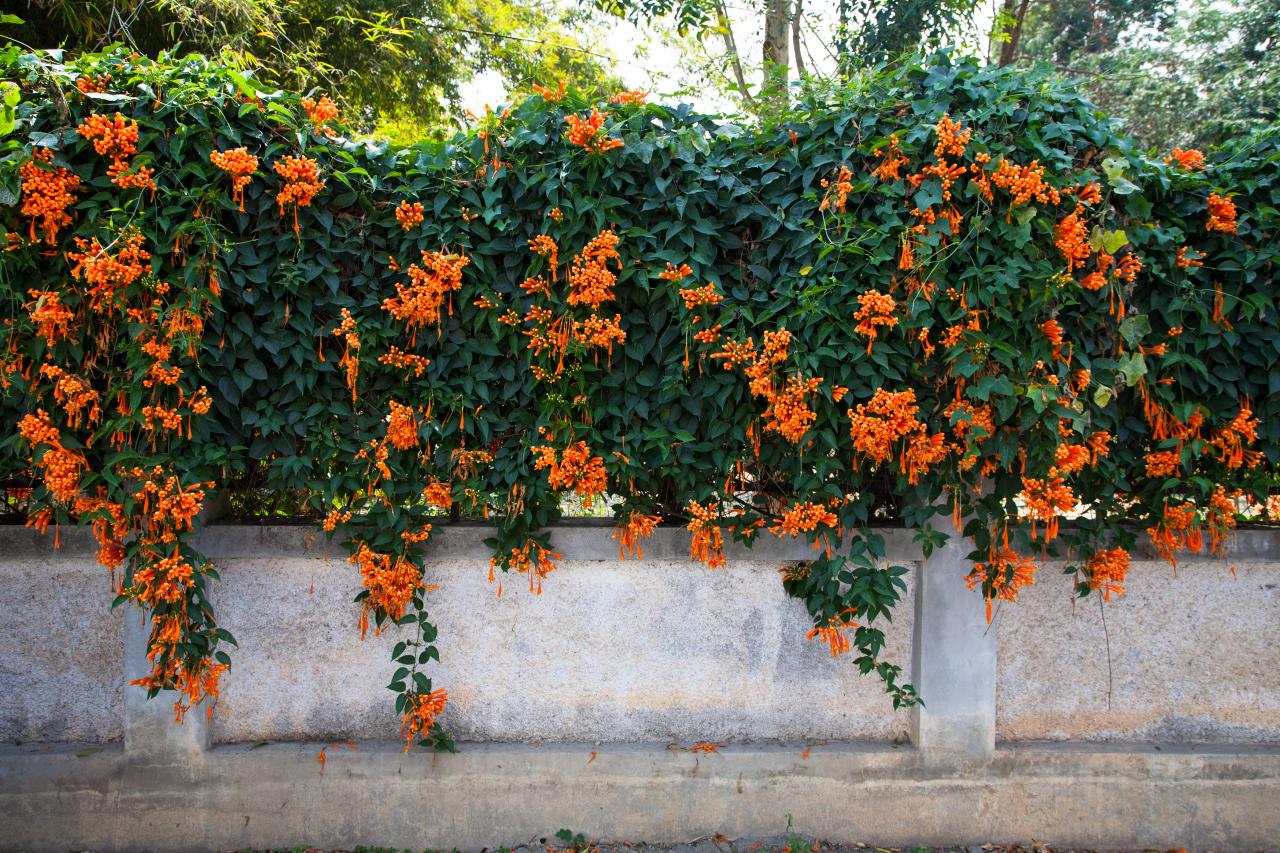
This is the most common type of trumpet vine and is native to the southeastern United States. It has bright orange-red flowers and can grow up to 30 feet long.
2. Chinese Trumpet Vine
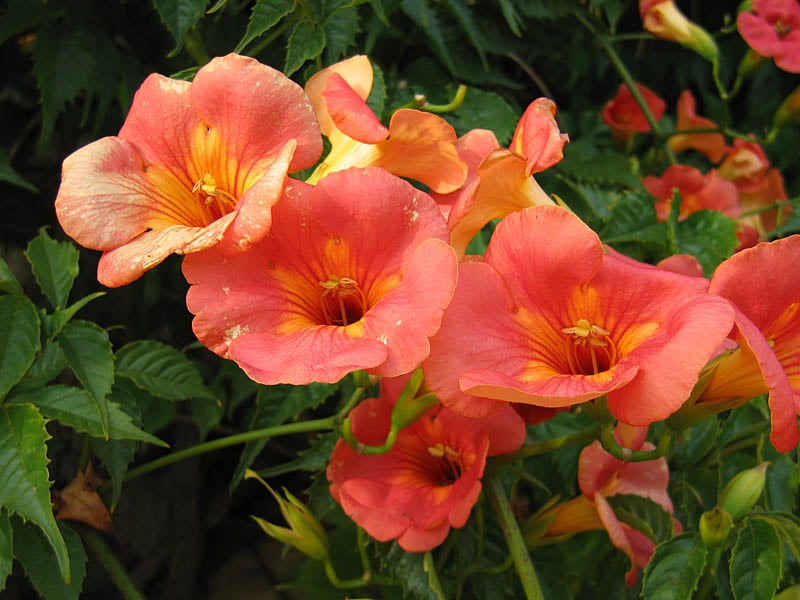
3. Yellow Trumpet Vine

This is a hybrid between Trumpet Creeper and the Chinese Trumpet Vine. It has yellow and orange flowers and is more cold-hardy than the other two types.
4. Crossvine
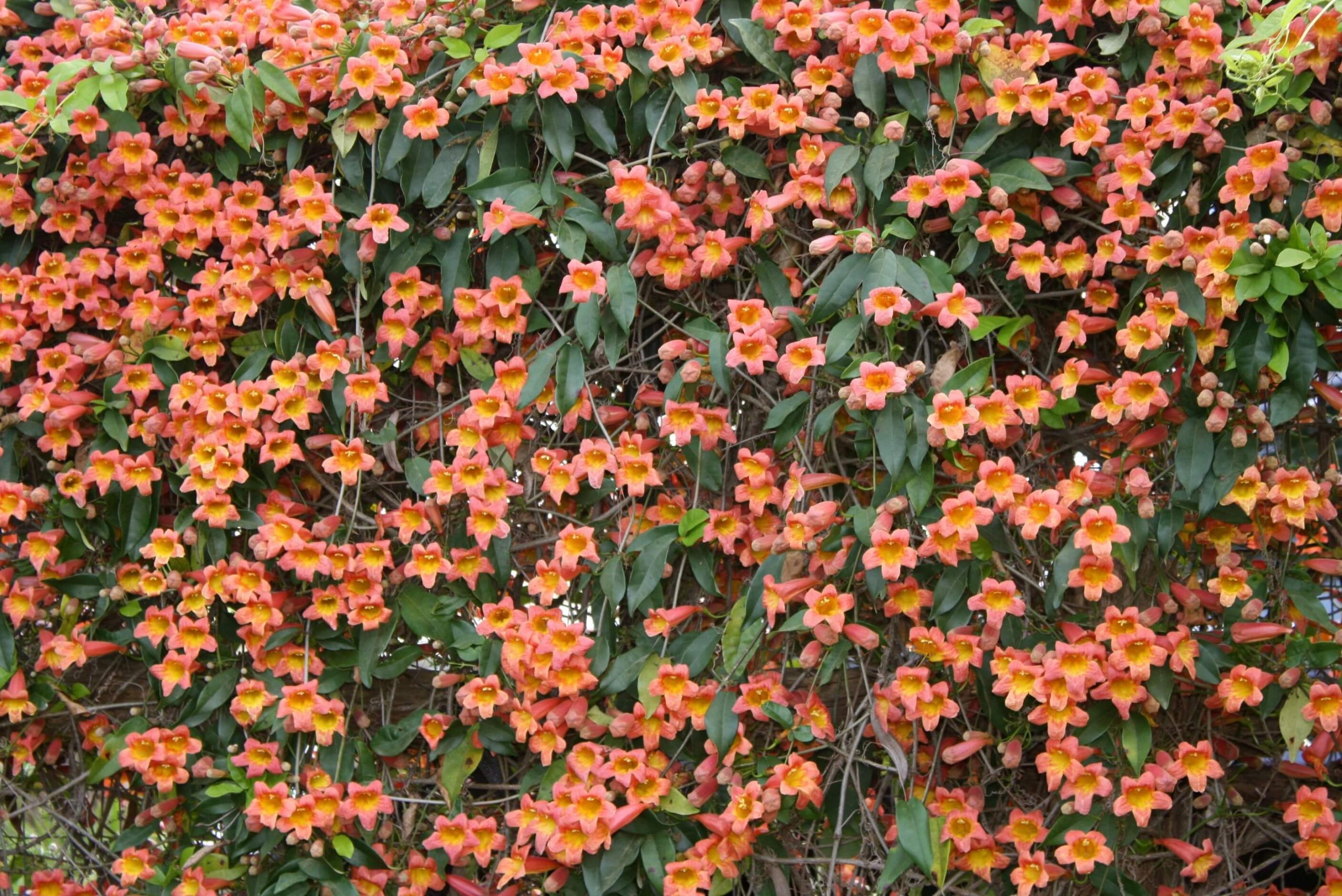
Also known as Bignonia capreolata, this plant has red-orange trumpet-shaped flowers with yellow throats. It is native to the southeastern United States and is a good choice for covering walls or trellises.
5. Red Trumpet Vine
Also known as Distictis buccinatoria, this vine has bright red flowers that attract hummingbirds. It is native to Mexico and Central America and can grow up to 25 feet long.
Final Takeaway
We have seen that the Trumpet vine is, although a beautiful and captivating plant that can add colour to your garden, it is also a highly invasive and aggressive plant. We have to be perfect while choosing the climate before deciding to plant trumpet vines. The right amount of water, soil, fertilizers, etc., has to be kept in mind.
Moreover, these flowers need direct sunlight for a few hours straight, and they also tend to expand like climbers. This is the reason time to time pruning as well as deadheading these flowers is required for them to keep them alive and attractive. Trumpet vines are one of the choices for gardeners, whether the ones just starting out or the experienced, to add variety, colour, life, and vibrancy to their landscape.
Since these flowers are poisonous to humans and animals and also tend to catch fire easily, gardeners have to be very careful while planting these and also about their location for the same.

